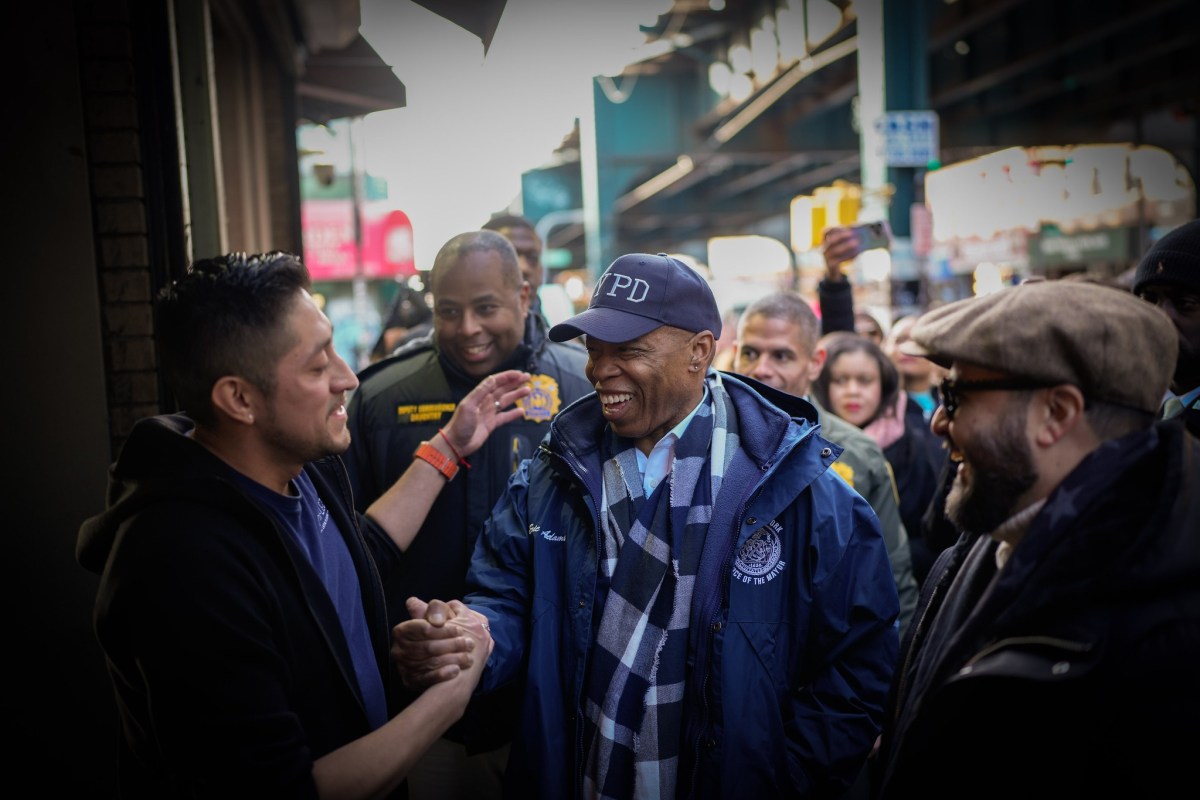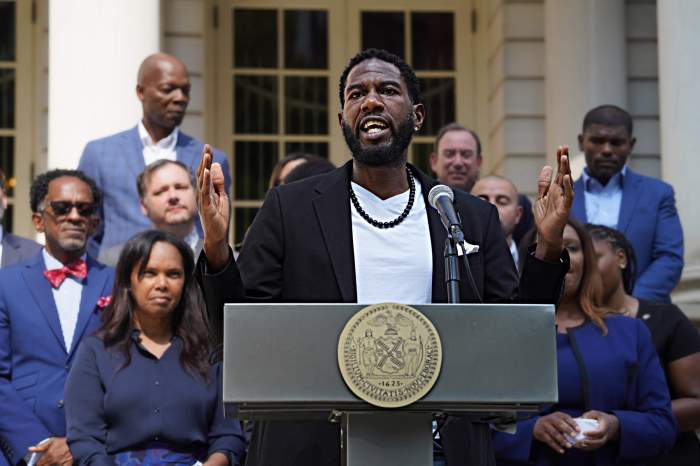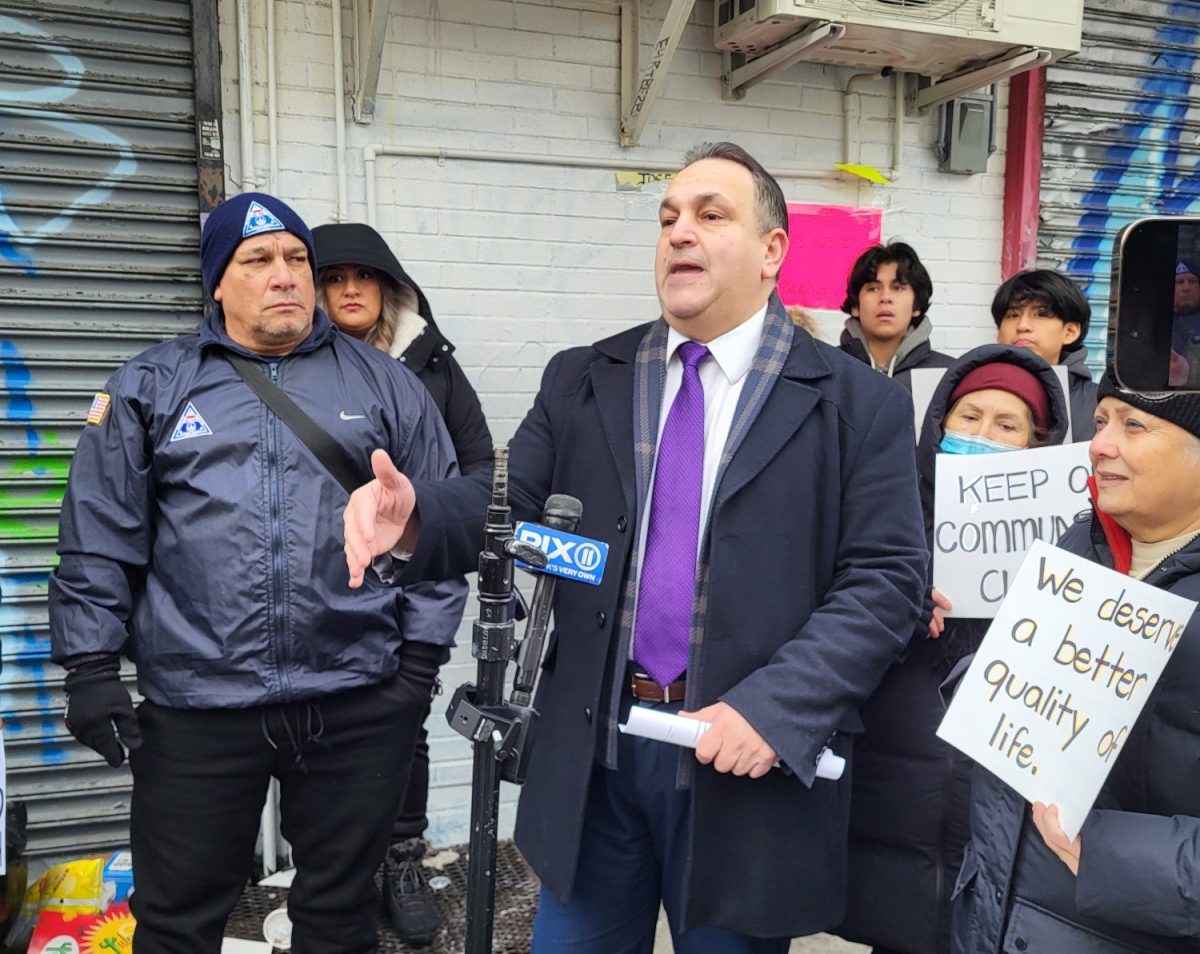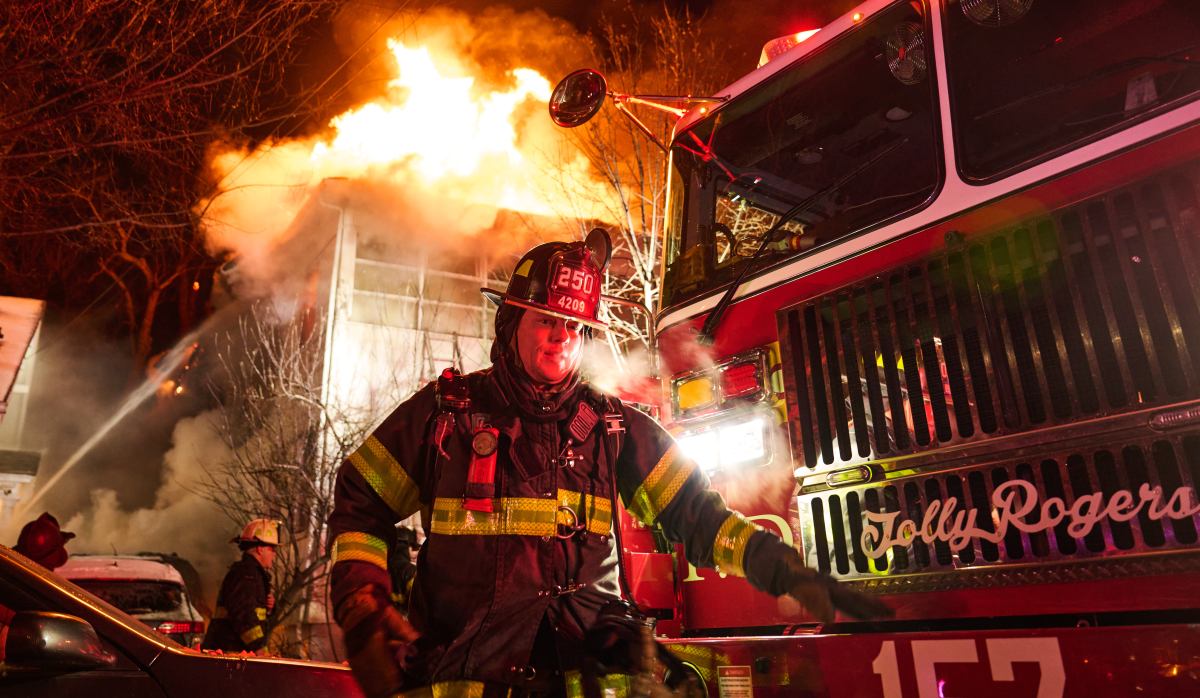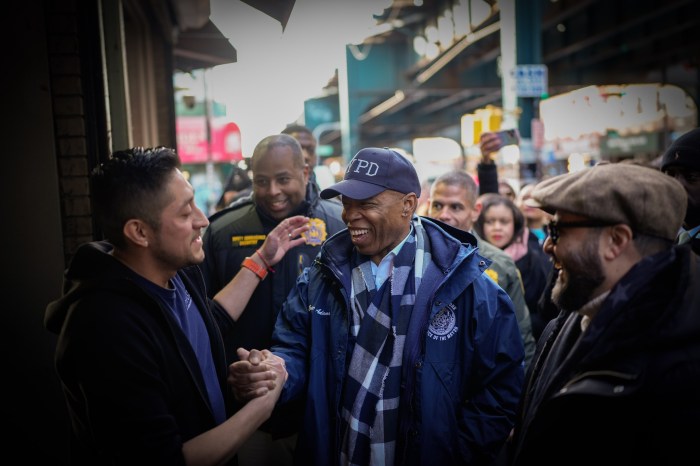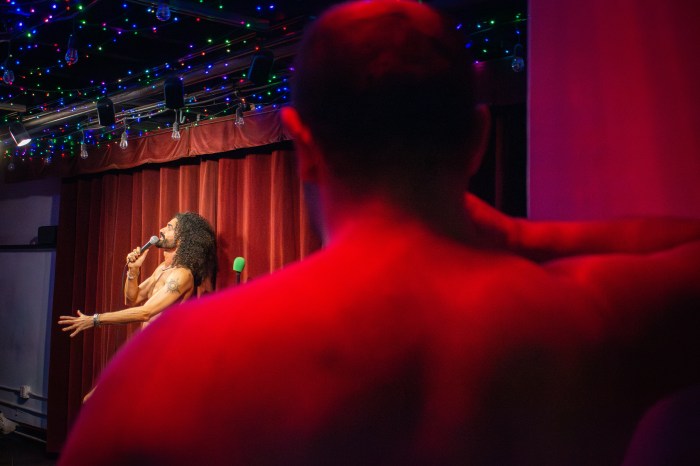A century ago on Thursday, New York City was devastated by one of the deadliest transit disasters in the history of the United States, leaving a profound mark on how we get around.
At least 93 commuters died during what was known as the Malbone Street Wreck of Nov. 1, 1918, when a wooden elevated train operated by an inexperienced motorman barreled at about six times the suggested speed limit into a sharp curve of a train tunnel under Prospect Park.
The worst subway crash in the history of the city happened at the tail-end of rush hour on that Friday, at about 6:41 p.m., on what is now the Brighton Line of the B and Q. Many of the 650 riders packed into the train from Park Row were nearly back home in Ditmas Park and Flatbush and other parts south toward Coney Island.
But the five-car train jumped the tracks and was decimated after colliding into the tunnel’s concrete partition wall.
“Nearly every man, woman, and child in the first car was killed,” The New York Times reported, “and most of those in the second were killed or badly injured.”
The train cars’ wooden roofs and sidings were sheared off and passengers were either killed instantly or maimed by debris; one man was reportedly found impaled on a broken iron bar that had “shot up into the air like a javelin in the crash.” The wreck was heard from a police station nearly a mile away.
"It was 1918, the city was gripped by the Spanish influenza; there was this huge demand for mass transit, but with that came labor disputes with management — all of that coalesced on Nov. 1, 1918, when the wrong things came together at the wrong time," said Concetta Bencivenga, the director of the New York Transit Museum.
The event had a “profound” impact on how train service was run in the city, according to Joe Raskin, author of “The Routes Not Taken: A Trip Through New York City’s Unbuilt Subway System” and a former assistant director of government and community relations for the MTA’s New York City Transit.
“It really did provide a pivotal moment for how we viewed transportation, how we viewed passenger safety and our train cars,” Raskin said.
The crash was the impetus to move from wooden to steel train cars; to revise worker rules and to bring new upgrades to the signal system to safeguard against speeding trains — safeguards the MTA is still grappling with today.
“This was a tragic incident in the history of this city, but thankfully there have been extensive safety and technological advancements in the hundred years since — in track, signal and car design, as well as in training and operating practices — that have collectively worked together to prevent something like this from happening again,” said NYC Transit President Andy Byford in a statement.
There are no reminders of the crash today, besides rumored scars on the tunnel wall, which is now part of the Franklin Avenue shuttle. The city initially moved to distance itself from the crash and went as far as to rename Malbone Street to Empire Boulevard (though a small segment of Malbone still exists in Crown Heights). But on Thursday, officials will hold wreath-laying ceremony near the crash as Brooklyn Borough President Eric Adams seeks a location for a permanent plaque.
“It’s almost hard to believe that 100 years ago over 90 people were killed in a devastating train wreck — one the of the largest ever — and there’s no real indicator of this event taking place,” said Adams, who had first learned of the crash when he started his career as a transit cop. “We wanted to commemorate this event to show respect for those who were lost, but in addition to show how this terrible tragedy brought so much reform.”
On the morning of the crash, the Brotherhood of Locomotive Engineers went on strike. The Brooklyn Rapid Transit company, in an attempt to keep service moving, thrusted employees from offices onto the tracks. The train’s operator, 23-year-old Edward Luciano, was a dispatcher with no experience moving passenger trains. He had a reported two hours of experience under his belt for a job that required 60 hours and was working the second half of a double shift at the time. He had recently lost his baby to the Spanish flu epidemic and was having trouble sleeping, The New Yorker reported.
Then-Mayor John Hylan had a deep resentment for the BRT, stemming from his firing at the company. He was a train engineer and had almost accidentally run over a superintendent. After the crash, he brought five BRT executives and Luciano to trial for manslaughter, though none were found guilty.
Less has been written about the victims of the crash. Fourteen of those who perished are buried in Green-Wood Cemetery. They were working class, ranging from their teenage years to their 50s — a clerk, an insurance manager, two recent college grads — according to Jeff Richman, the historian at the cemetery. One victim, George Holmes, left six children behind.
“Many of these people were very close to being home and safe when the crash occurred,” Richman said. "They were coming home from work, primarily, on Friday evening and never made it, sadly.”



